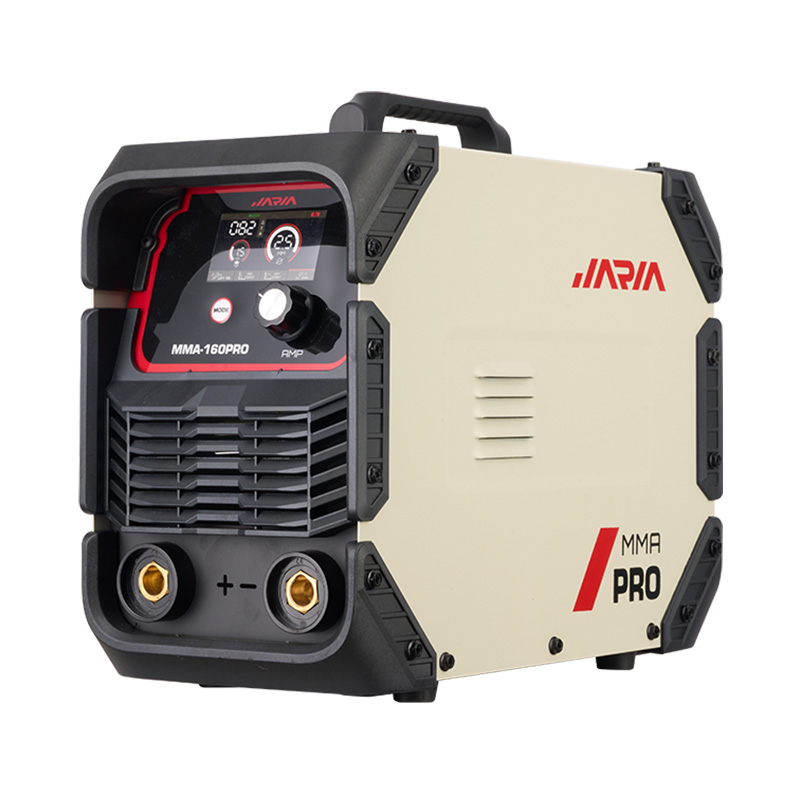Welding, a critical process in manufacturing and construction, has seen remarkable advancements in recent years. Among these innovations is the introduction of inverter welders, which have revolutionized the welding industry with their efficiency, precision, and versatility. With their compact size, advanced technology, and improved power control, inverter welders are transforming the way professionals weld, delivering higher productivity, superior quality, and greater convenience.
Inverter welders are welding machines that utilize inverter technology to convert the input power into a high-frequency AC current, which is then rectified and transformed into a stable and precise DC output. This advanced technology enables welders to achieve optimal welding performance across a wide range of applications, including construction, automotive, fabrication, and maintenance and repair.
One of the primary advantages of inverter welders is their enhanced efficiency. These machines are compact and lightweight compared to traditional welding equipment, making them highly portable and easy to maneuver. The use of inverter technology allows for higher power conversion efficiency, resulting in reduced power consumption and increased energy savings. Welders can accomplish more work with less energy, reducing operational costs and contributing to a greener and more sustainable welding process.
In addition to their efficiency, inverter welders offer exceptional precision and control. The advanced electronics in these machines enable precise arc control, resulting in improved welding quality and reduced spatter. Welders can achieve precise heat input, ensuring accurate and consistent welds with minimal distortion. The precise control of the welding current and voltage also allows for better control over the weld pool, resulting in stronger, cleaner, and more aesthetically pleasing welds.
Versatility is another key feature of inverter welders. These machines offer a wide range of welding processes, including shielded metal arc welding (SMAW), gas metal arc welding (GMAW), and tungsten inert gas welding (TIG). Some models even support dual-process capabilities, allowing welders to switch between different welding techniques with ease. This versatility makes inverter welders suitable for various welding tasks, whether it's heavy-duty construction work or intricate fabrication projects.
The portability and versatility of inverter welders make them ideal for both on-site and workshop applications. Welders can transport these machines easily to different job sites, eliminating the need for multiple equipment setups and reducing downtime. The compact design also makes them suitable for tight or confined spaces, enabling welders to work in areas where traditional welding equipment may not be feasible. Whether it's welding in remote locations or performing repairs in challenging environments, inverter welders provide the flexibility and convenience required by professionals.
Furthermore, inverter welders incorporate advanced features and technologies that enhance user experience and safety. Many models offer digital displays, allowing welders to monitor and adjust welding parameters accurately. Some machines also feature automatic settings and pre-programmed welding modes, simplifying the setup process and ensuring consistent results. Additionally, inverter welders often incorporate safety features such as overload protection, thermal overload sensors, and voltage fluctuations protection, safeguarding both the welder and the machine.

 英语
英语 西班牙语
西班牙语 阿拉伯语
阿拉伯语







